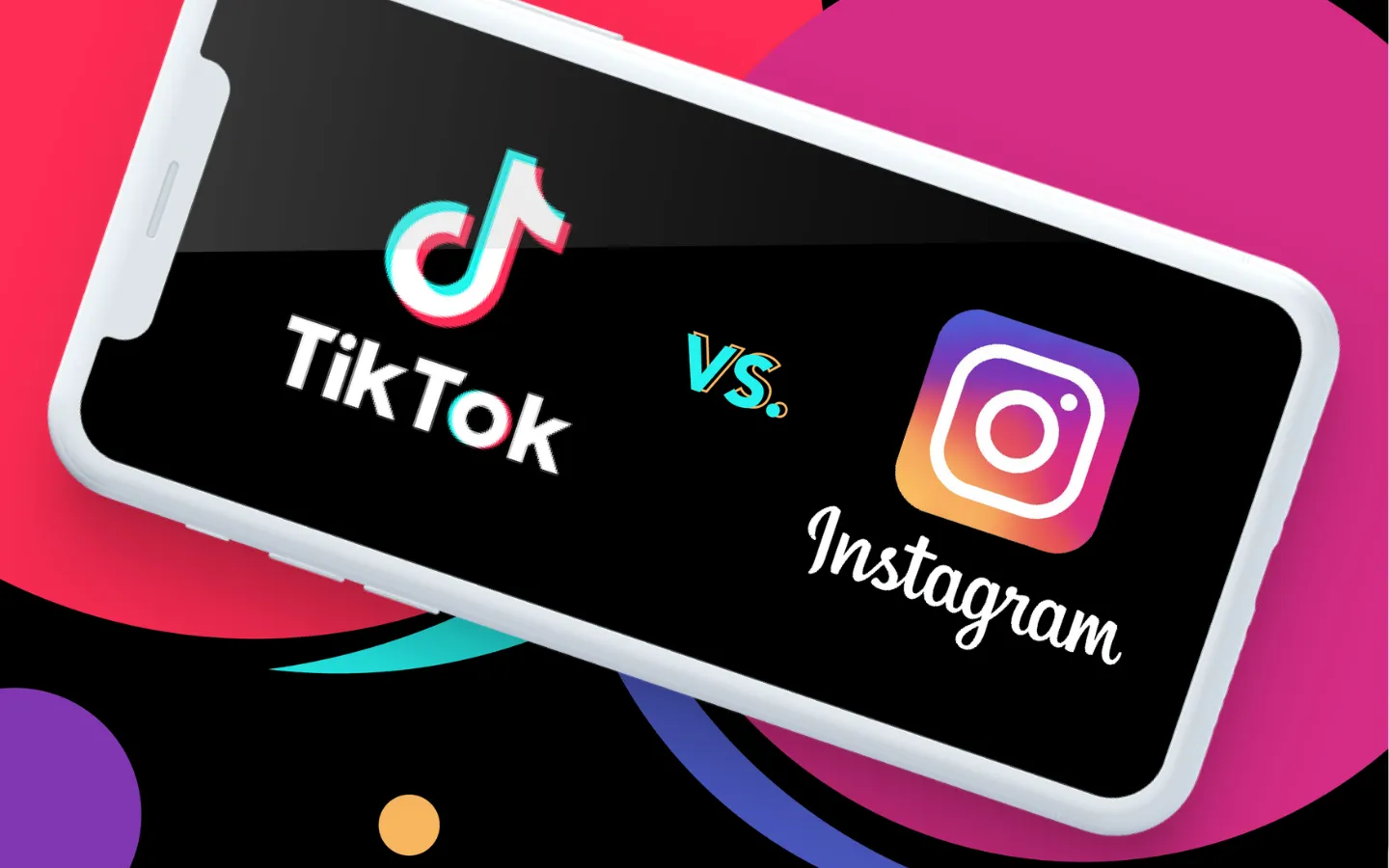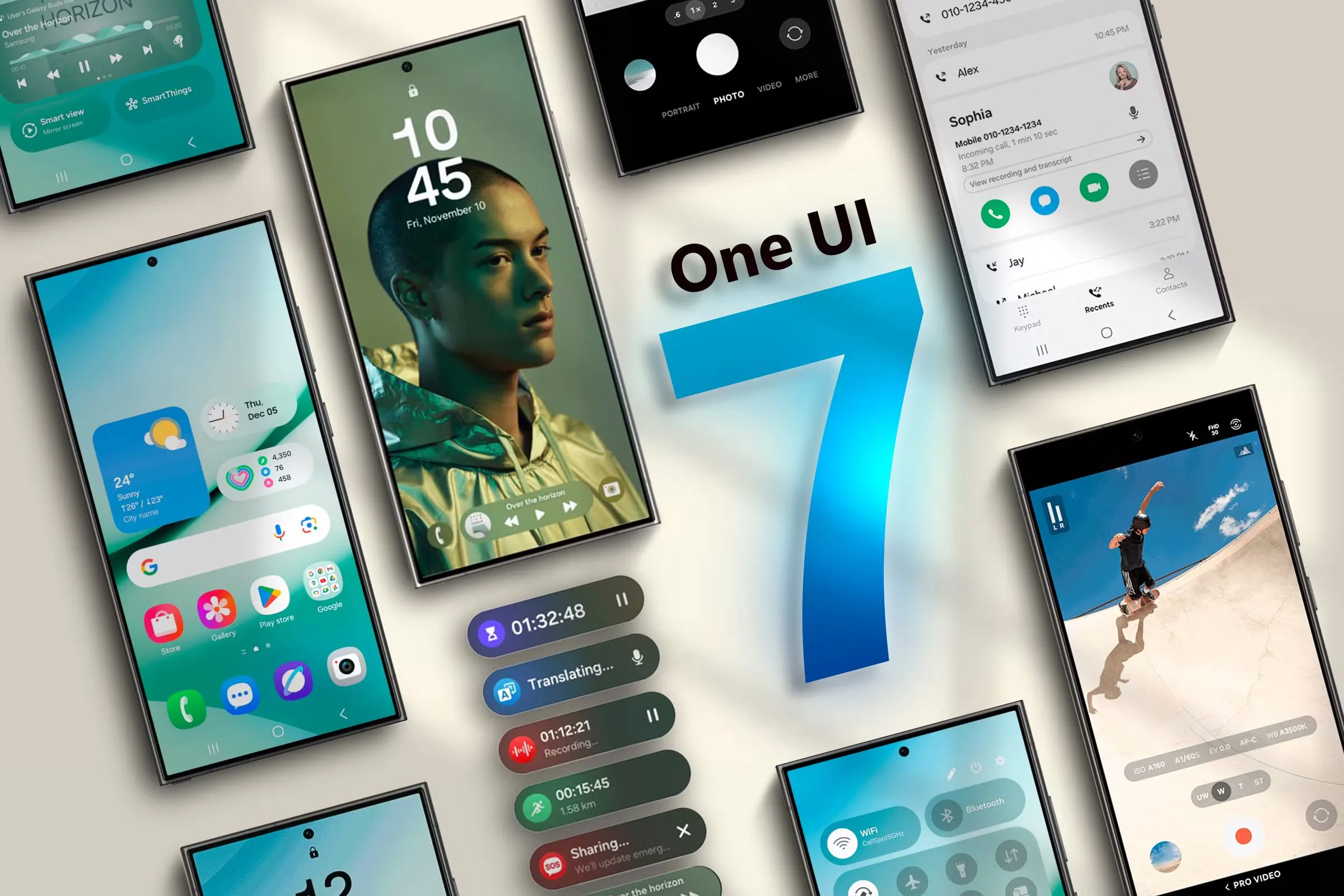Nintendo's much-anticipated release of the Switch 2 has generated significant buzz in the gaming community. With a launch date set for June 5, 2025, the console promises enhanced features and a robust gaming experience. However, its pricing strategy has become a focal point of discussion, influenced by global economic factors and consumer expectations.

A Premium Price Point
The Nintendo Switch 2 is priced at $449.99 in the United States, marking a substantial increase from the original Switch's launch price of $299.99. This 50% hike positions the Switch 2 as Nintendo's most expensive console in over three decades when adjusted for inflation . The elevated price reflects the console's upgraded hardware and capabilities, aiming to deliver a premium gaming experience to consumers.
Tariffs and Trade Implications
One of the significant factors influencing the Switch 2's pricing is the imposition of tariffs on imported goods. In April 2025, former President Donald Trump introduced tariffs ranging from 34% to 49% on imports from countries like China, Vietnam, and Cambodia—nations integral to Nintendo's supply chain . These tariffs have the potential to increase production costs, prompting concerns about possible price adjustments for the console.
Nintendo of America President Doug Bowser addressed these concerns, stating that the Switch 2's pricing was not directly influenced by the newly imposed tariffs. Instead, the price reflects the console's premium nature and the value it offers to consumers . Nonetheless, the company has taken steps to mitigate potential tariff impacts by shifting some production from China to countries like Vietnam and Cambodia, where tariffs have been temporarily paused .
Sales Forecasts and Market Expectations
Despite the higher price point, Nintendo projects strong sales for the Switch 2. The company forecasts selling 15 million units globally by the end of March 2026, aligning with the original Switch's first-year performance . Additionally, Nintendo anticipates selling 45 million software units within the same period, indicating confidence in the console's market reception.
Analysts, however, view Nintendo's sales projections as conservative. Given the console's enhanced features and the brand's loyal customer base, some industry experts believe actual sales could surpass these estimates . The strong pre-order response, with U.S. preorders selling out rapidly and over 2.2 million applications received in Japan, supports this optimistic outlook.

Consumer Reactions and Market Dynamics
The Switch 2's pricing has elicited mixed reactions from consumers. While some appreciate the console's advanced features and are willing to invest in a premium gaming experience, others express concerns about affordability, especially in light of the global economic climate and rising living costs.
Former Nintendo public relations managers Kit Ellis and Krysta Yang criticized the company's decision to omit pricing details during the console's reveal, suggesting it contributed to consumer confusion and backlash . The omission led to speculation and dissatisfaction among potential buyers, highlighting the importance of transparent communication in product launches.
Comparative Industry Trends
Nintendo's pricing strategy aligns with broader industry trends, where console and game prices have seen upward adjustments. Competitors like Sony and Microsoft have also increased prices for their consoles and first-party games, citing factors such as inflation, increased development costs, and tariffs .
For instance, Microsoft's Xbox Series S saw a price increase of 27%, and the company plans to raise the price of new first-party games from $70 to $79.99 . Similarly, Nintendo's own "Mario Kart World" is priced at $79.99 digitally and $89.99 physically, reflecting the industry's shift towards higher pricing for premium content .
Strategic Considerations and Future Outlook
Nintendo's approach to the Switch 2's pricing and market positioning reflects a strategic balance between delivering value and navigating economic challenges. By offering a console with enhanced capabilities and a strong lineup of games, the company aims to justify the higher price point and maintain its competitive edge.
The decision to shift production to countries with more favorable trade conditions demonstrates Nintendo's proactive measures to manage costs and ensure product availability. Additionally, the company's cautious sales forecasts suggest a measured approach, allowing for adjustments based on market response and economic developments.
The Nintendo Switch 2 represents a significant evolution in the company's console offerings, combining advanced features with a robust gaming ecosystem. While its higher price point has sparked debate, Nintendo's strategic decisions and strong brand loyalty position the console for success in a competitive market.
As the gaming industry continues to adapt to global economic shifts, Nintendo's ability to navigate these challenges while delivering value to consumers will be crucial. The Switch 2's performance in the coming months will offer insights into the effectiveness of the company's strategies and the evolving dynamics of the gaming market.




-1717406983-q80.webp)